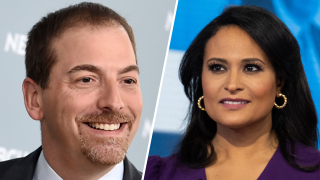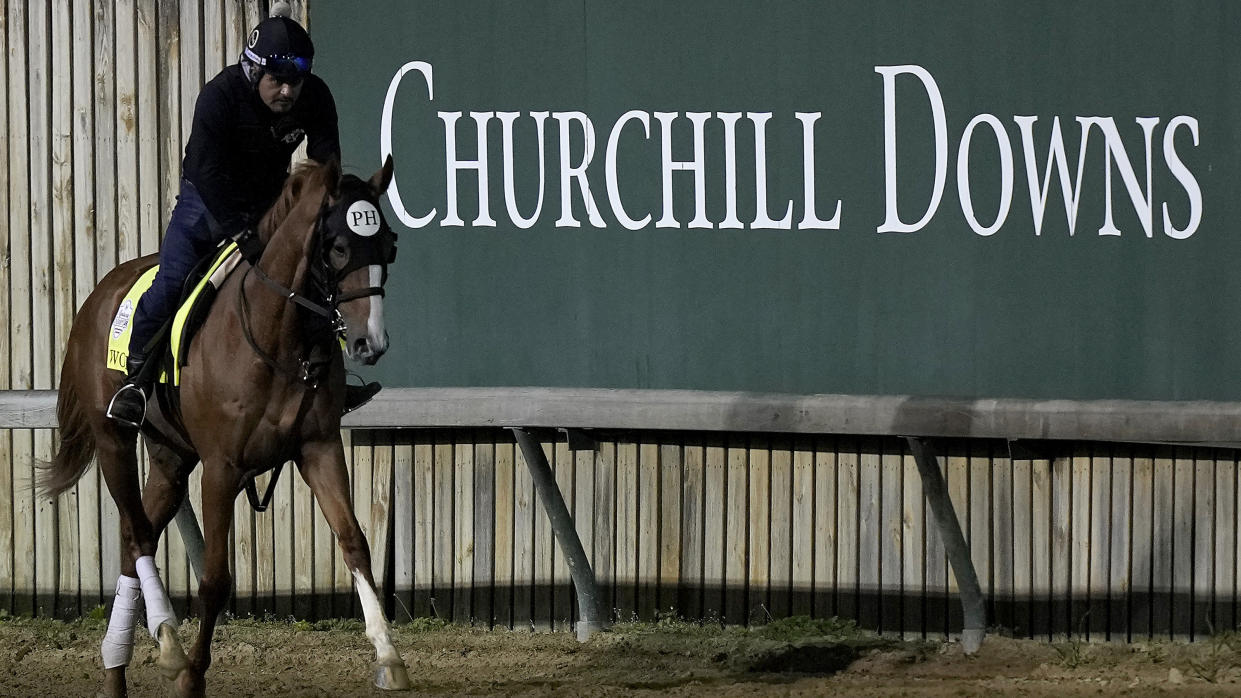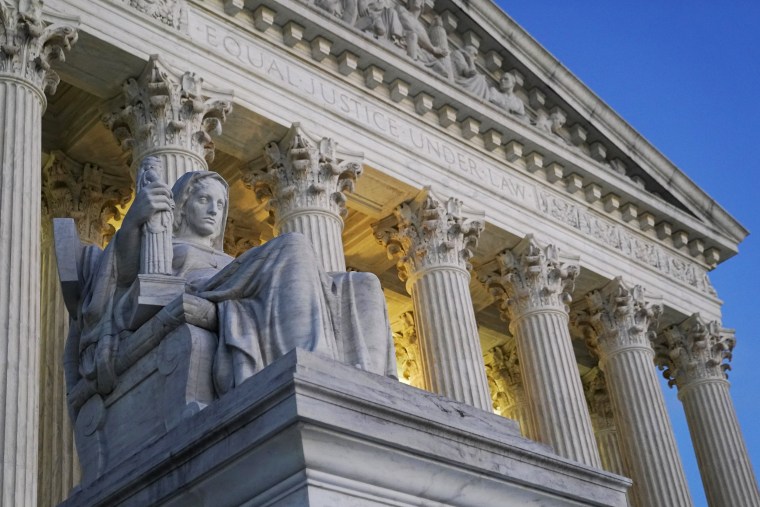
James and Marilyn Simons
Dear Commons Community,
Stony Brook University received a donation of $500 million on Thursday from a foundation formed by an alumnus and a former faculty member, making it the recipient of one of the largest gifts to a university in American history.
The donation, which will go toward the school’s endowment, will also trigger another $200 million injection of public funds under a donation matching program passed as part of the New York State budget in April. The school said it hopes the gift will spur other donations that could amount to hundreds of millions of dollars.
Gifts of that size are rare for universities, and especially so for public institutions like Stony Brook, which is a university center of the State University of New York. The donation plus the state matching funds amount to nearly twice the amount of Stony Brook’s current endowment of $370 million, the university president, Maurie McInnis, said in an interview.
The donation was made by the Simons Foundation, which was formed in 1994 by Jim Simons, a former Stony Brook math professor who later made billions as a hedge fund manager, and his wife Marilyn Simons, who received her bachelor’s degree and doctorate at Stony Brook.
The university has long been known as an engine of social mobility, enrolling students from poor and working class backgrounds and propelling many of them to the middle and upper classes of American life. But that role has been challenged in recent years by rising tuition costs at Stony Brook and across the country.
Ms. McInnis said more than 50 percent of Stony Brook students had their tuition fully covered by financial aid and state grants, but that many struggled with the ancillary costs of attending university. As reported by The New York Times.
“What our students struggle with are all the other costs related to going to college whether that is trying to afford room and board, or if they are commuters it can be commuting costs, it can be textbook costs,” she said. “Investing in our students is one of the ways that we might expend this money in the future.”
But the effects of the gift will not be immediate, she cautioned. Stony Brook will receive the full $500 million sum over the course of seven years. It will also aim to raise a further $200 million from other donors in the next three years to qualify for the maximum amount of state matching funds.
Mr. and Mrs. Simons have made other large gifts to Stony Brook in the past that, when combined with the gift on Thursday, amount to roughly $1.2 billion, said Ms. McInnis. She said Mr. Simons joined the faculty in 1968, when the university was only five years old.
In an interview on Wednesday, Mr. and Mrs. Simons said the state’s new endowment matching program convinced them to make a large unrestricted gift now. They also said the $500 million donation was an opportunity to express their gratitude to the university, which Mrs. Simons said “was transformative in my life.”
She grew up in a working class household, graduated from the university in 1974, and went on to earn a Ph.D. in economics. She said she hoped the gift would help people from “underserved communities” to thrive at the school.
“I was really grateful when the opportunity opened up for me to attend Stony Brook for college,” Mrs. Simons said. “I commuted to the school with my brother and my cousin. They went off to lay brick and I went to my calculus class.”
Mr. Simons, who has appeared several times on Forbes ranking of the wealthiest people in the world, is a prominent mathematician in addition to his work as a hedge fund manager. He said he formulated one of his most widely-cited mathematical innovations, the Chern-Simons form, while teaching at the university.
That innovation, which he called “probably my best idea,” has been used by physicists to contribute to the development of quantum field theory. He also met his wife during his time at the school.
“All of that was because I worked at Stony Brook,” he said. “So I am very fond of the university.”
Public higher education needs more people like Mr. and Mrs. Simons!
Tony











